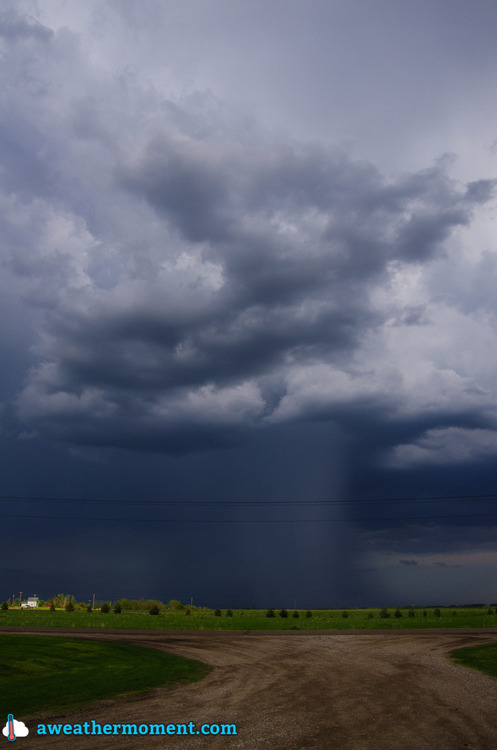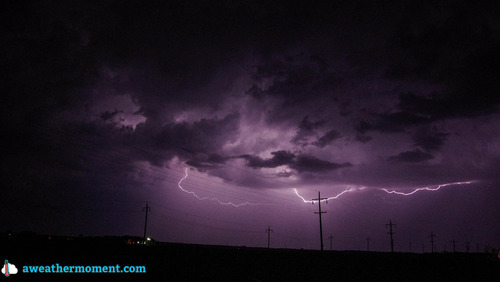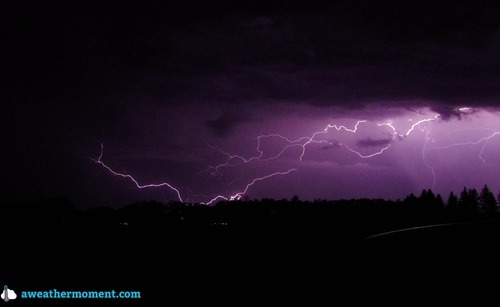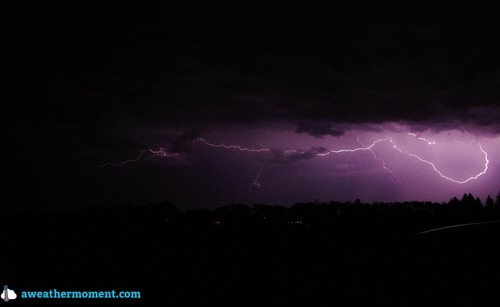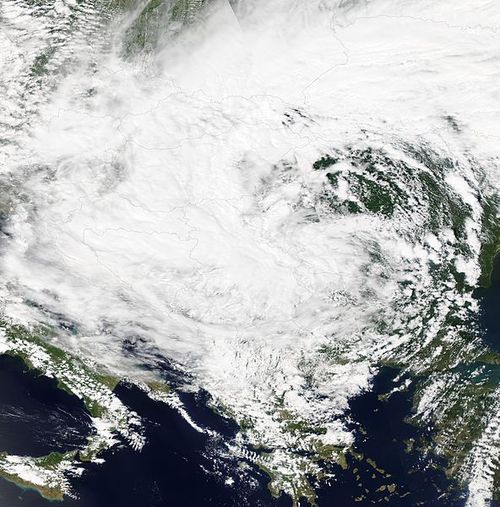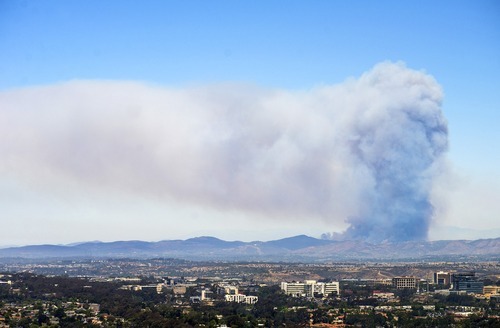Large Hailstorm causes Millions in Damages
This past week featured severe thunderstorms that tore through the Nebraska countryside producing extremely large hail in the region. Conditions were primed for a severe weather outbreak this past Tuesday; moisture streamed up from the Gulf of Mexico, a strong jet streak was in place overhead and the environment was relatively uncapped. Convective Available Potential Energy (CAPE) was quite high that day which was a significant contributor to the large hail sizes observed. Generally the higher the CAPE, the faster the updraft velocity which means that the updraft can support larger hailstones. Supercell thunderstorms were triggered Tuesday afternoon and persisted through the evening, trailing along the warm front that bisected the region.
In total over 200 hail reports were submitted on Tuesday and of these 38 were considered large hail reports (hail of 5cm in diameter or larger). The most damage caused that day appeared to come out of the town of Blair, Nebraska where hail caused major damage. Windows were blown out and car windshields smashed by the baseball size hail that fell – damage totaled in the hundreds of millions. Other storms along the warm front, the weather feature that triggered the severe weather, moved into the Omaha area not only bringing hail, but also torrential downpours. 13.5mm of rain was recorded in 3 minutes at the Omaha airport!
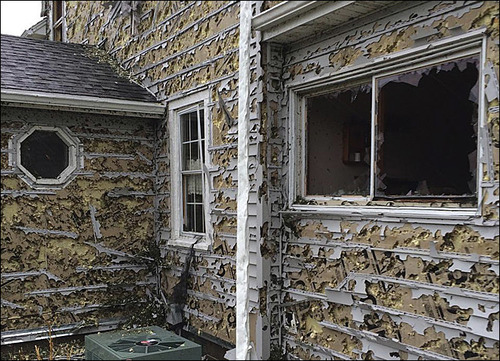
There is a possibility for more severe storms this weekend in Texas and New Mexico, but the parameters are not as as favourable for severe weather as seen this past Tuesday in Nebraska. Models show the active pattern continuing in the US Plains into next week, and rightfully so as severe weather season nears its peak.
